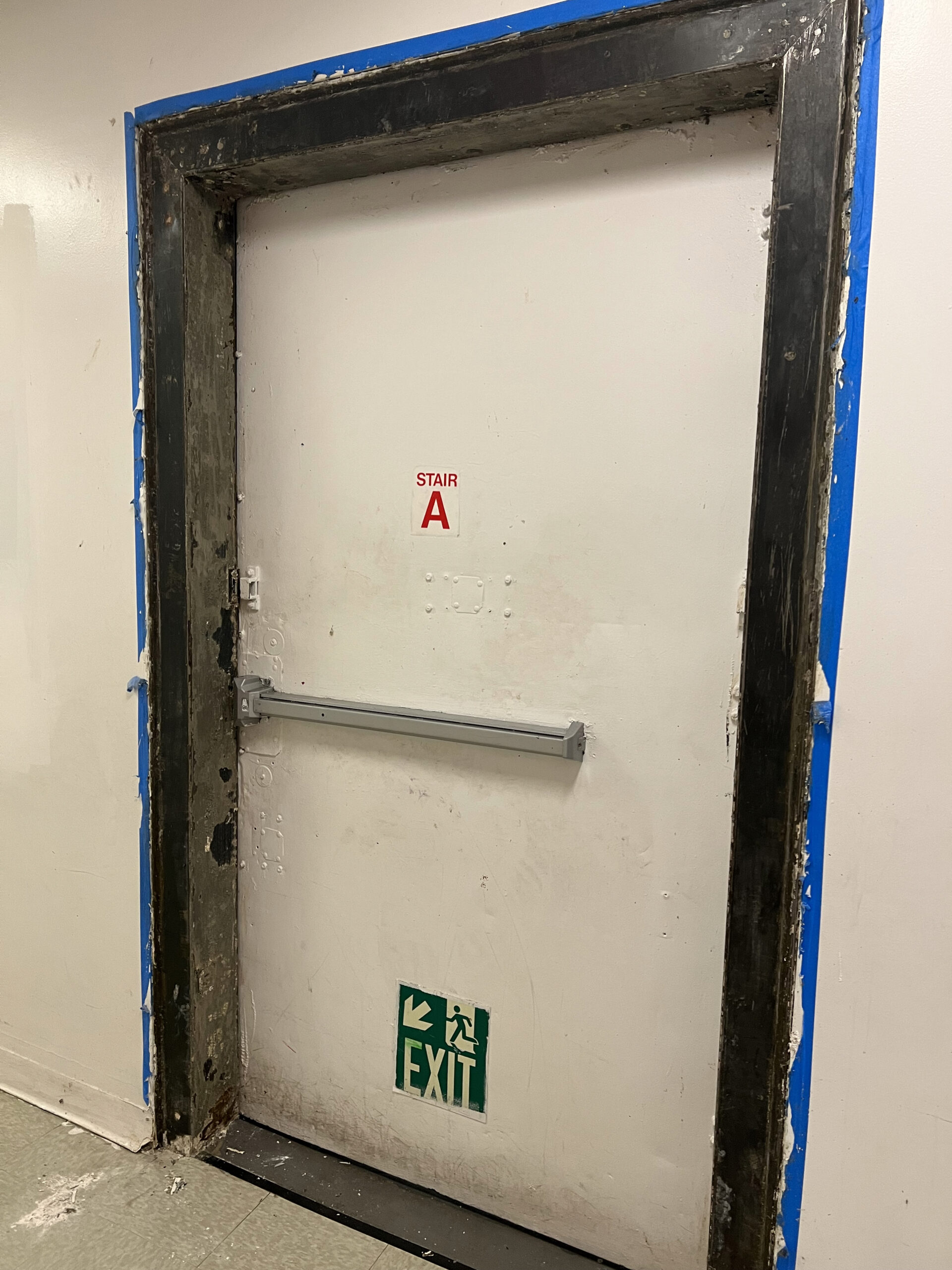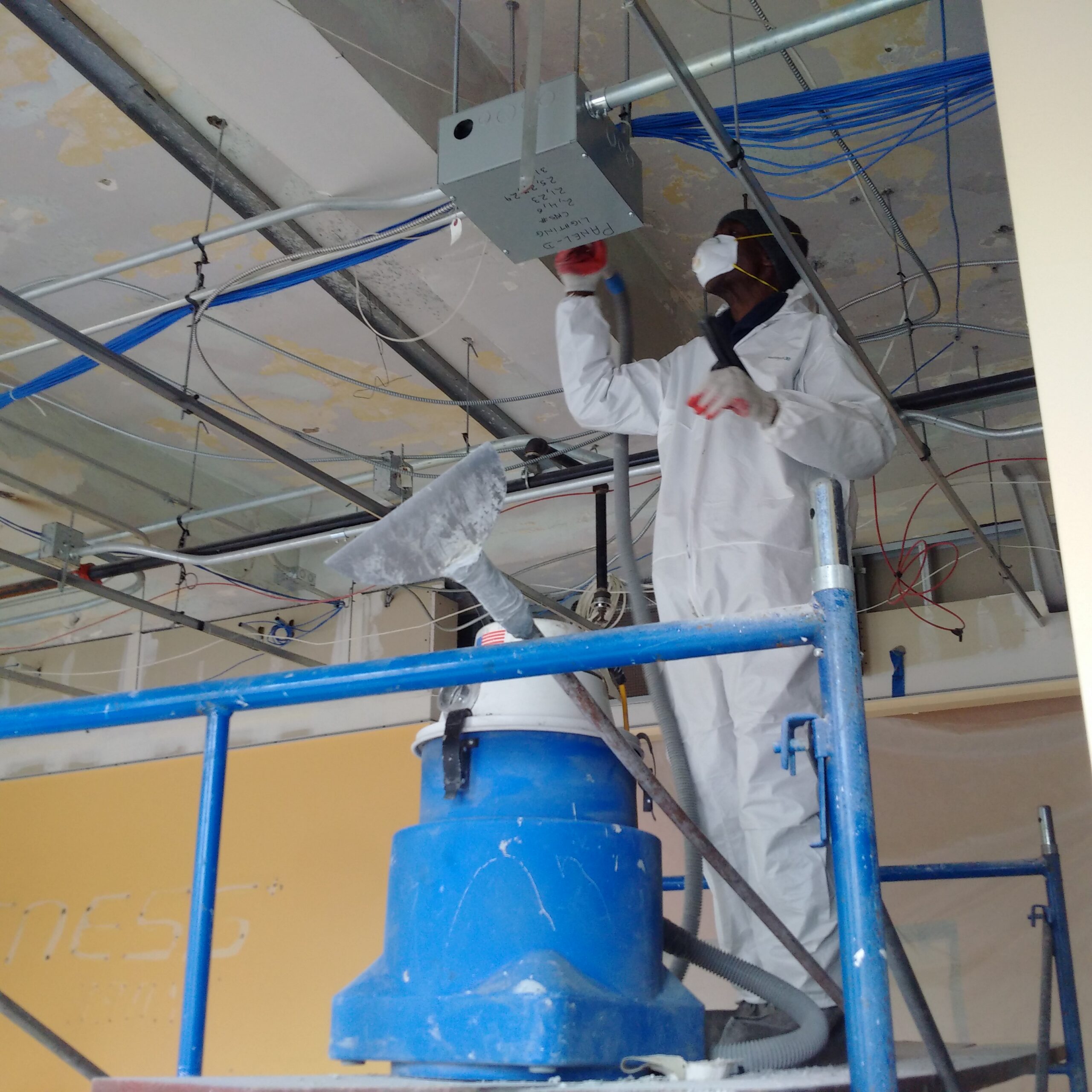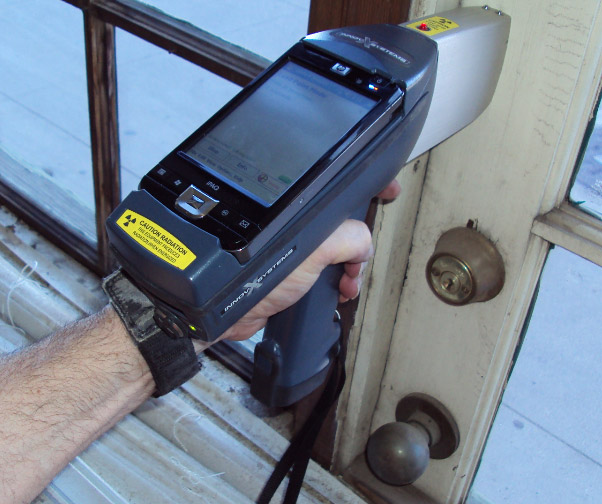Important Tools and Strategies for Efficient Lead Violation Cleaning
Resolving lead infractions effectively requires a comprehensive technique that blends the right tools with critical techniques. Concurrently, the usage of specialized cleanup tools, such as HEPA vacuum cleaners and lead-specific cleaning agents, is crucial for extensive contaminant removal. Efficient control methods, including plastic sheet and adverse air pressure systems, are important to stop the spread of hazardous materials.
Personal Safety Equipment
Individual protective devices (PPE) is a critical element in the effective management of lead contamination cleanup. The vital PPE for lead clean-up includes respirators, safety clothing, handwear covers, and eye defense.
Respirators, specifically those equipped with HEPA filters, are important for filtering system airborne lead particles, protecting against breathing. Safety clothing, consisting of coveralls and non reusable matches, stops lead dirt from adhering to employees' garments, decreasing the risk of additional contamination.
Furthermore, strenuous training on the appropriate usage and maintenance of PPE is essential. Employees should be enlightened on putting on and doffing treatments to stay clear of contamination. Routine inspections and substitutes of PPE parts are required to keep their protective abilities, making certain a risk-free and certified cleanup operation.
Specialized Cleaning Tools

An additional crucial tool is the wet/dry vacuum cleaner, which can efficiently tidy up both dust and fluid impurities. These vacuums commonly come with HEPA filters to supply an added layer of safety. Damp cleans or tack towels are also vital for surface area cleaning; they are specifically created to record and hold lead particles, minimizing the danger of spreading out contamination.
For even more persistent deposits, specialized lead-removal cleaning agents are needed. These representatives are created to break down lead particles, making them simpler to get rid of. Scrub brushes with durable bristles can help in this procedure, specifically on harsh surface areas where lead dirt often tends to stick more strongly.
Additionally, encapsulants are made use of to seal lead-contaminated surfaces, protecting against the launch of lead dirt. These specialized paints and coatings are designed to abide by various substrates, giving a long-term service for lead containment.
Effective Control Approaches
Reliable control techniques are vital in alleviating the spread of lead contamination throughout clean-up activities. Executing robust containment strategies makes sure that lead fragments do not migrate to unaffected areas, therefore shielding both employees and the atmosphere. One primary method is using plastic sheeting to seal infected areas. Durable polyethylene barriers can be installed from flooring to ceiling to produce a controlled workspace, substantially decreasing the danger of airborne lead dust dispersal.

To enhance containment, encapsulants can be put on surface areas that are not being removed or interrupted. These specialized finishes bind lead dust, lowering its accessibility for resuspension. Furthermore, all employees should put on suitable Individual Protective Tools (PPE), including respirators and disposable matches, to stop contamination spread.
Safe Disposal Practices
Making certain safe disposal techniques is an essential element in the management of lead contamination cleaning. Proper disposal minimizes the risk of lead coming back the environment and threatening public wellness. The initial step is to identify and set apart lead-contaminated waste from various other materials. Safe control using durable, leak-proof containers is important to stop splilling during transport.
Transferring lead waste requires adherence to rigorous guidelines. Using certified contaminated materials service providers makes certain that the materials are dealt with properly. Paperwork, consisting of shows up describing the kind and amount of waste, must come with deliveries Check This Out to track the waste from the website of beginning to its last disposal location.
Designated unsafe waste disposal centers are furnished to manage lead-contaminated products securely. These centers usually use innovative approaches such as stablizing, solidification, or chemical therapy to counteract the lead prior to disposal. Landfilling in specialized, lined locations that stop leachate from polluting groundwater is a typical practice for final disposal.
Normal training for employees entailed in lead garbage disposal is vital to preserve safety standards and protect against unintended exposure. By sticking to these methods, organizations can considerably reduce the environmental and health influences connected anchor with lead contamination.
Regulatory Conformity Tips

Complying with regulatory conformity is vital in the successful implementation of lead contamination clean-up. Understanding and following government, state, and local laws makes sure not only the safety and security and health and wellness of people but likewise the lawful and monetary health of the clean-up company. The Environmental Security Agency (EPA) establishes strict standards, such as the Lead Improvement, Fixing, and Painting (RRP) Regulation, which mandates appropriate qualification and training for professionals handling lead-based tasks.
Compliance starts with a comprehensive evaluation of relevant regulations and guidelines. Organizations has to stay updated on any type of legal adjustments, which can be facilitated via routine training sessions and signing up for sector updates. Documents is an additional crucial compliance element; preserving thorough documents of all tasks, including inspection reports, employee training logs, and disposal manifests, is vital.
Additionally, involving with certified lead inspectors or risk assessors ensures that lead risks are correctly identified and reduced. Employers must enforce using Personal Safety Tools (PPE) and make certain that safety and security methods are purely complied with. Clear communication with stakeholders, including staff members, customers, and regulative bodies, will cultivate a culture of compliance and liability, ultimately contributing to a more secure and a lot more efficient lead cleanup procedure.
Conclusion
Effective lead offense cleanup requires the assimilation of specialized tools and calculated methodologies to make certain safety and effectiveness. Individual safety equipment (PPE) safeguards workers from direct exposure, while secure disposal practices and rigorous adherence to regulatory compliance are essential for my review here responsibly taking care of dangerous waste.